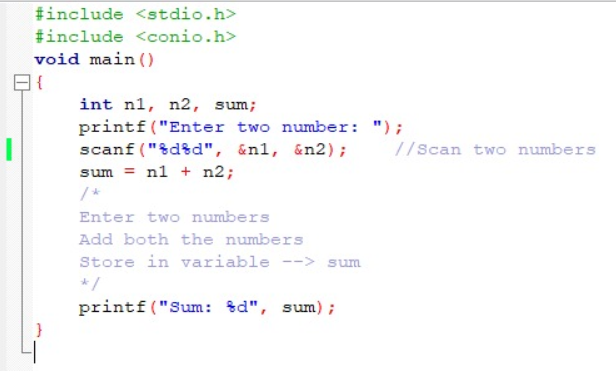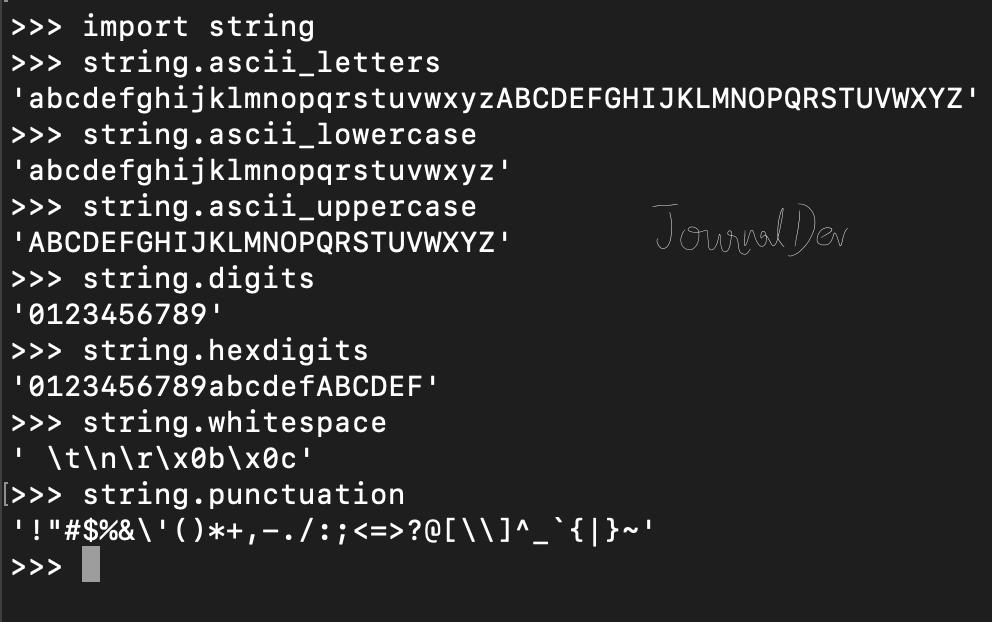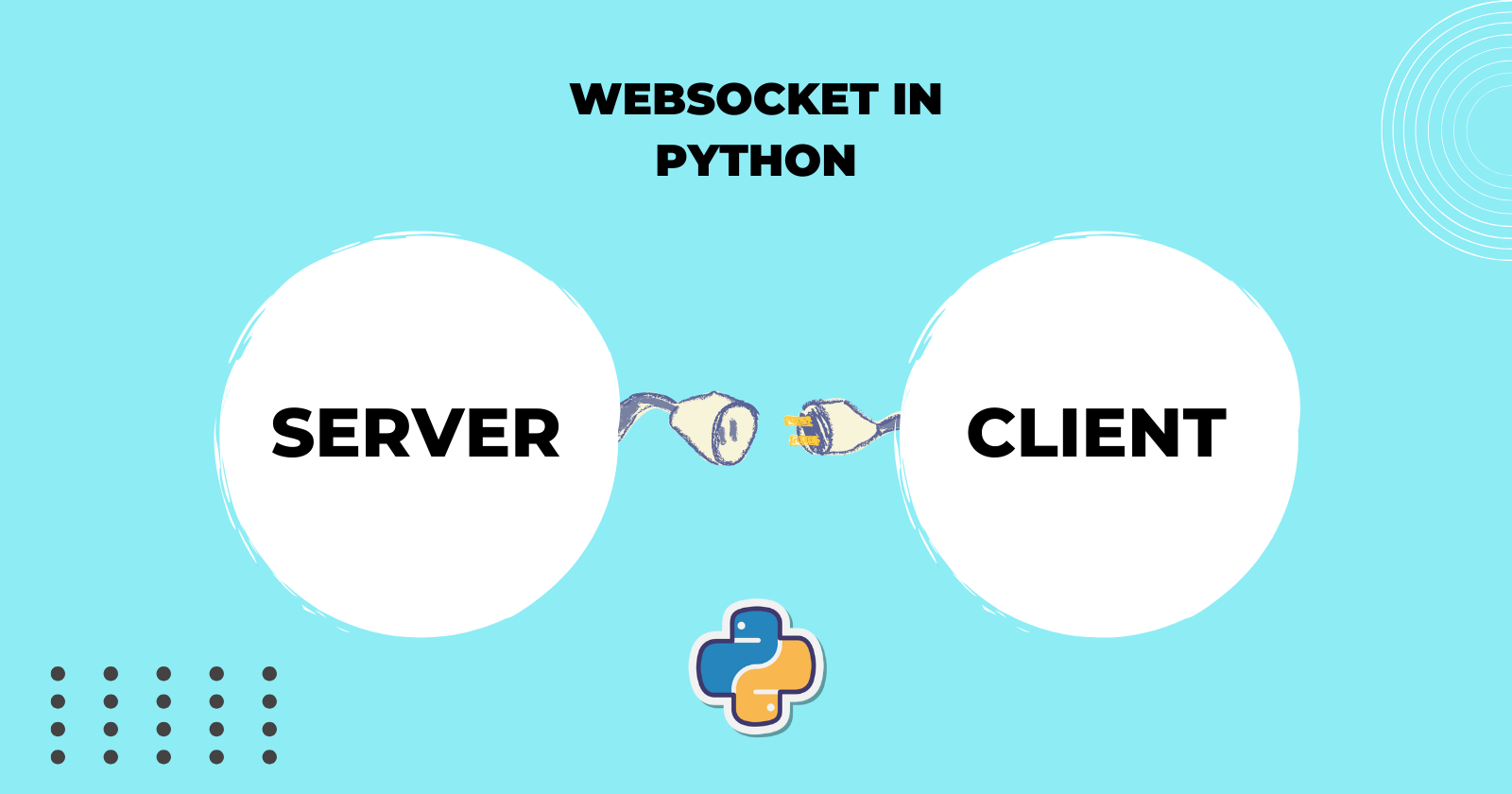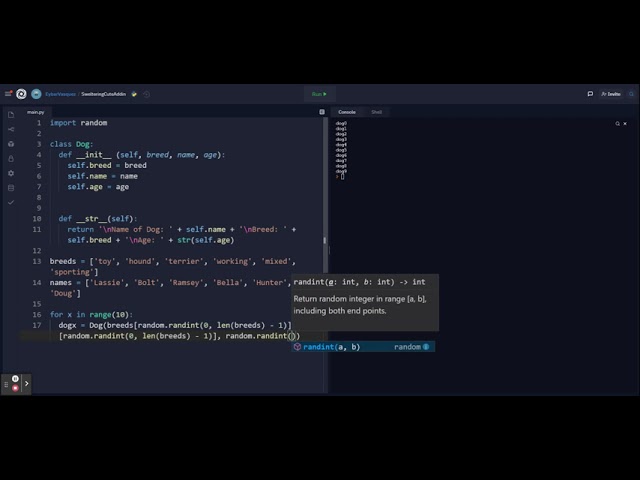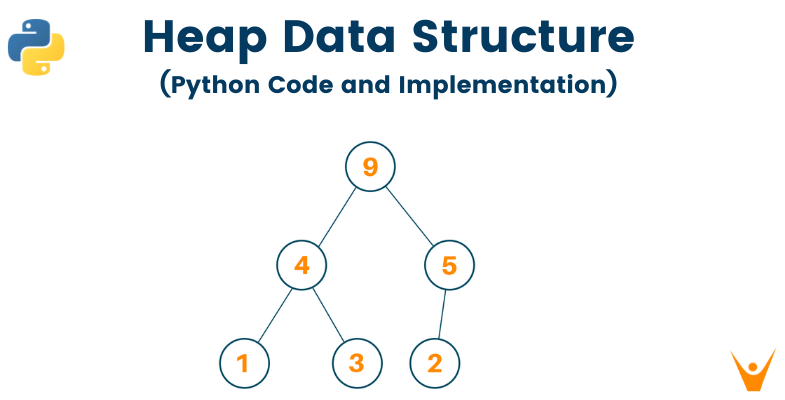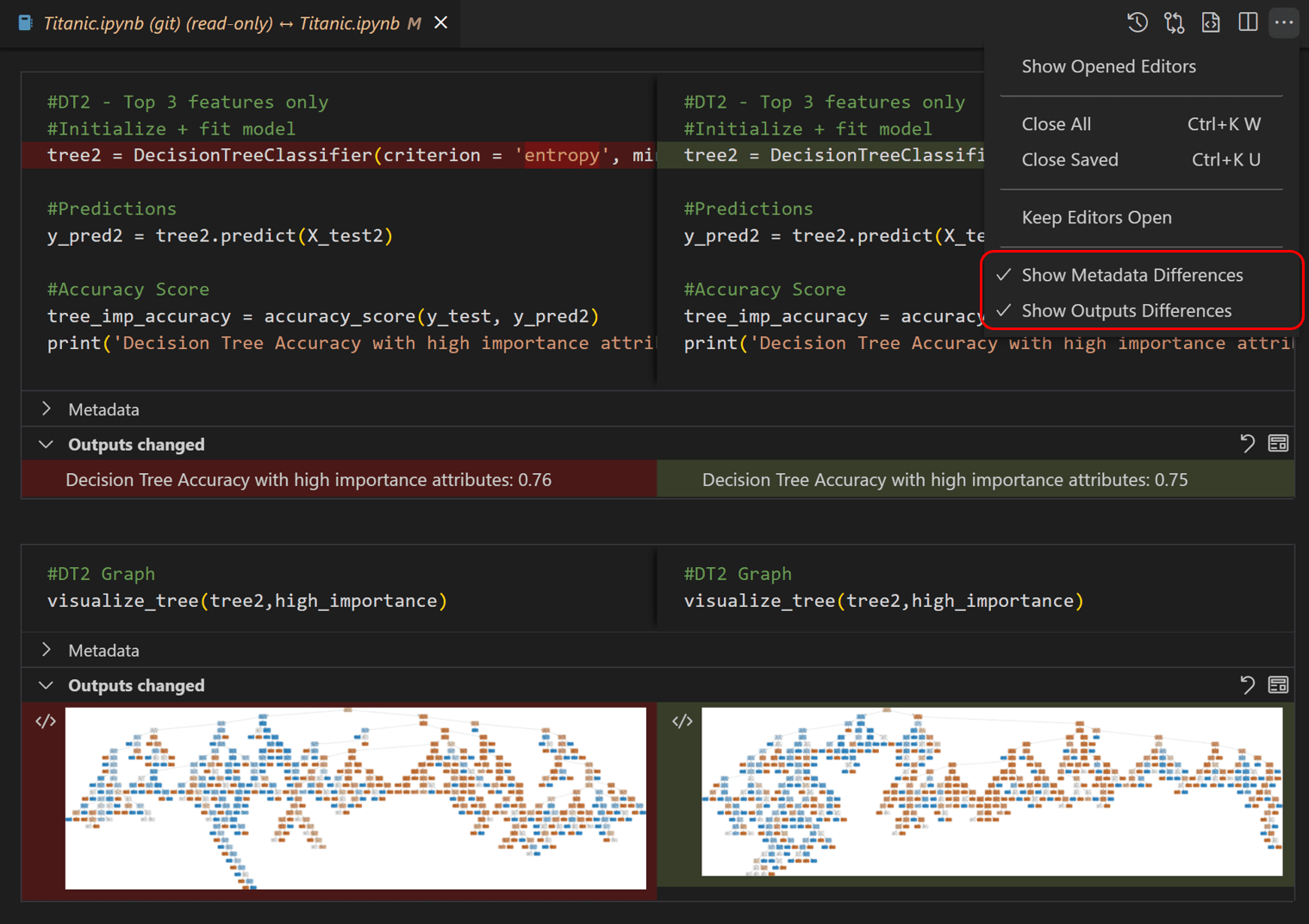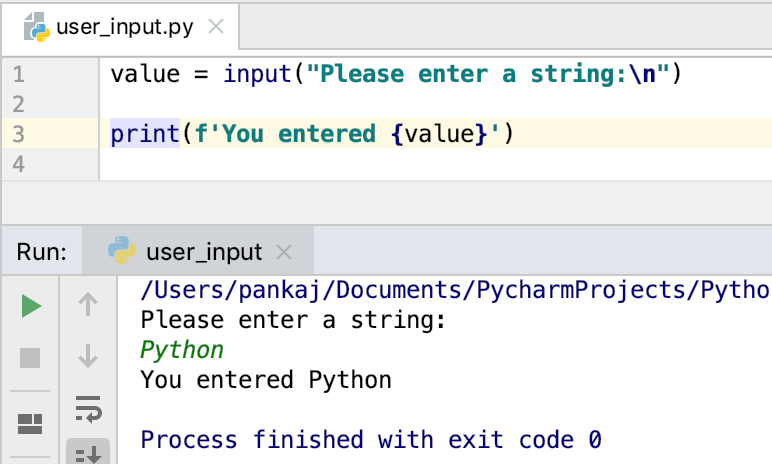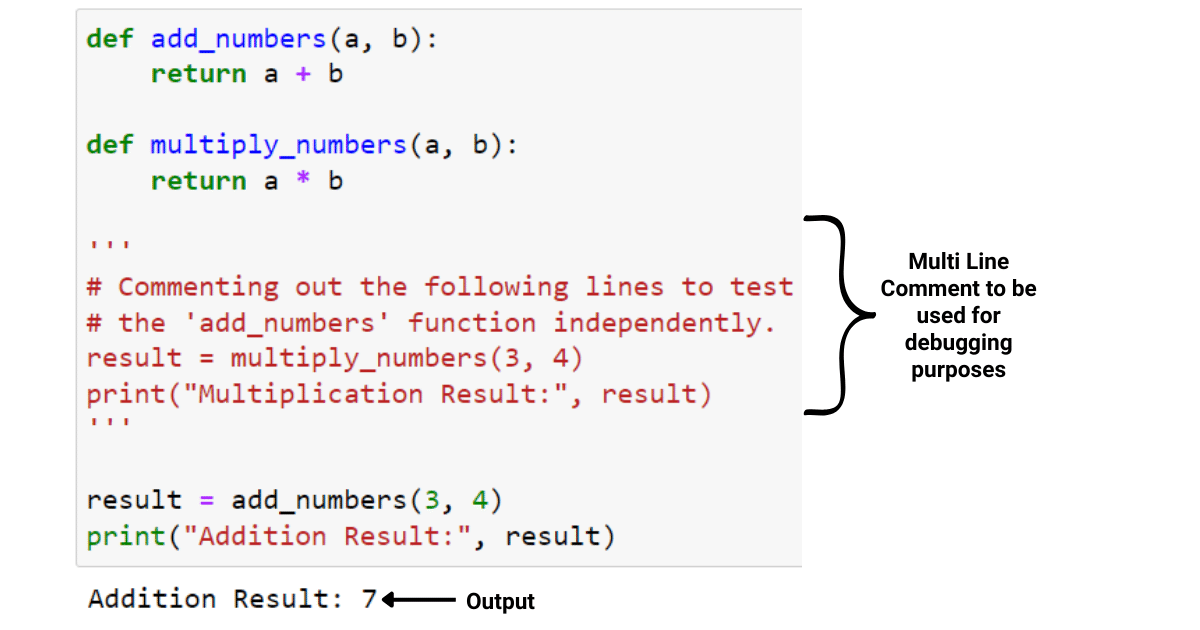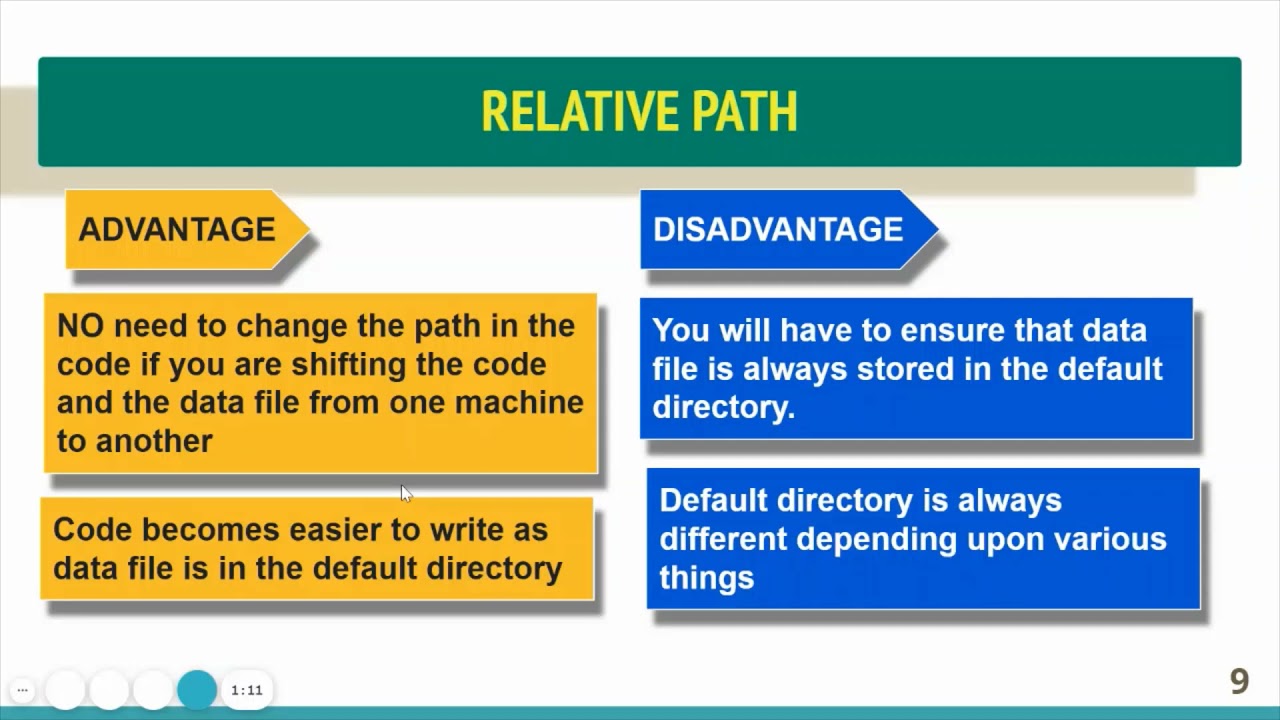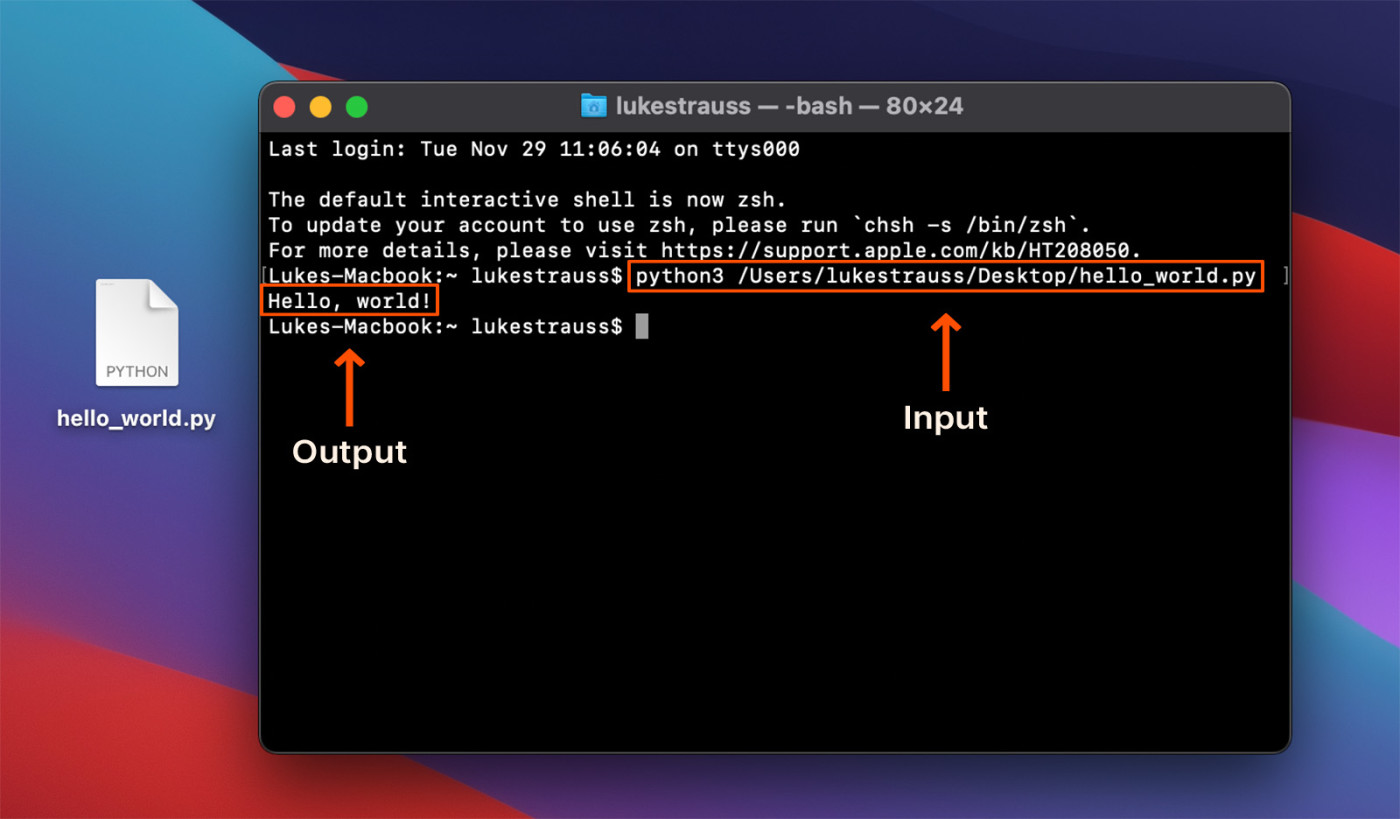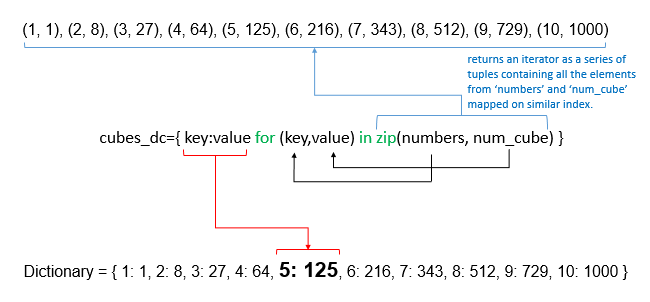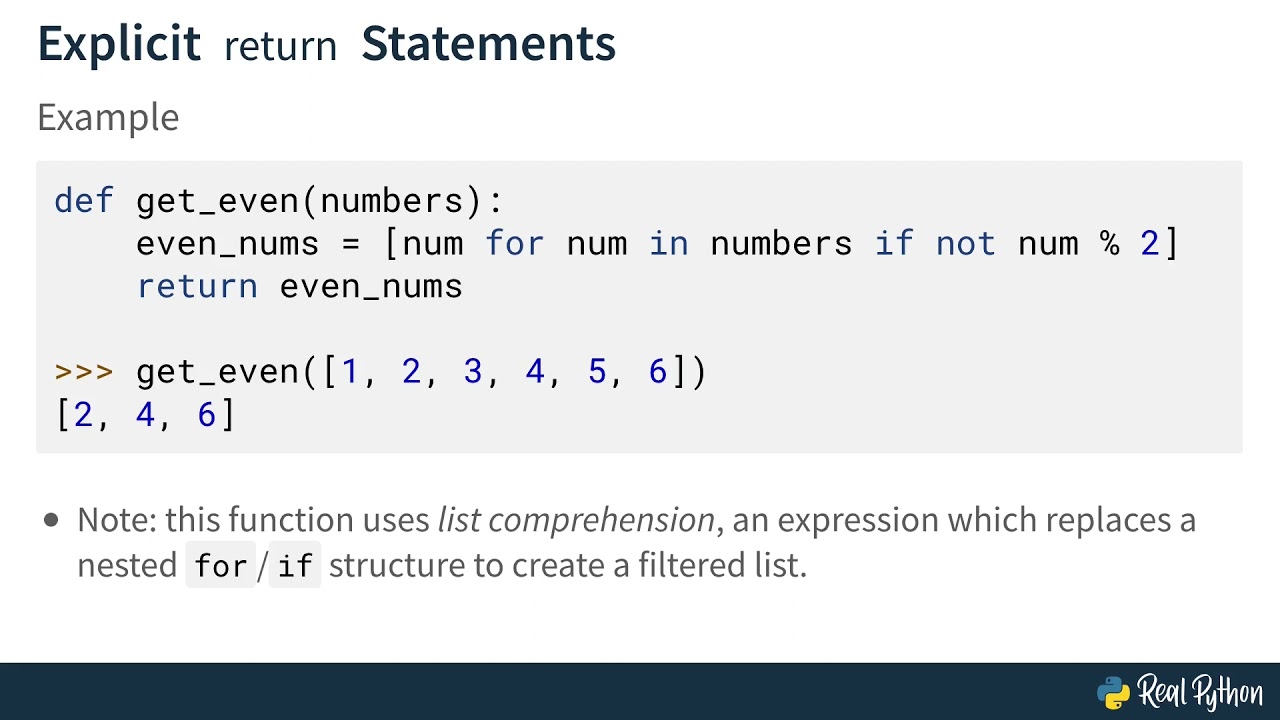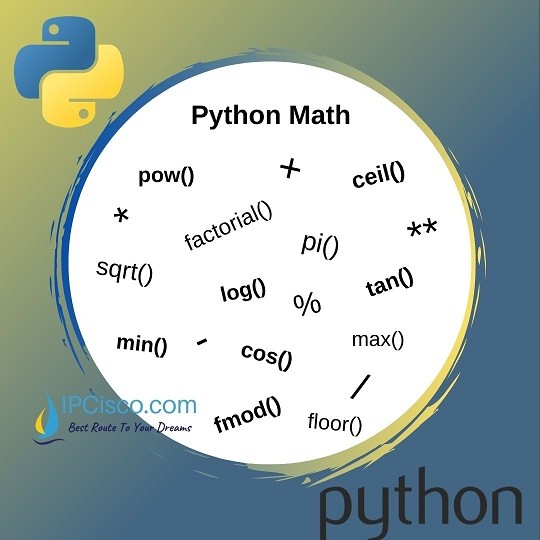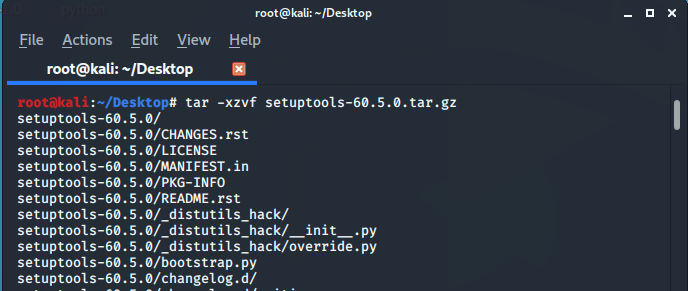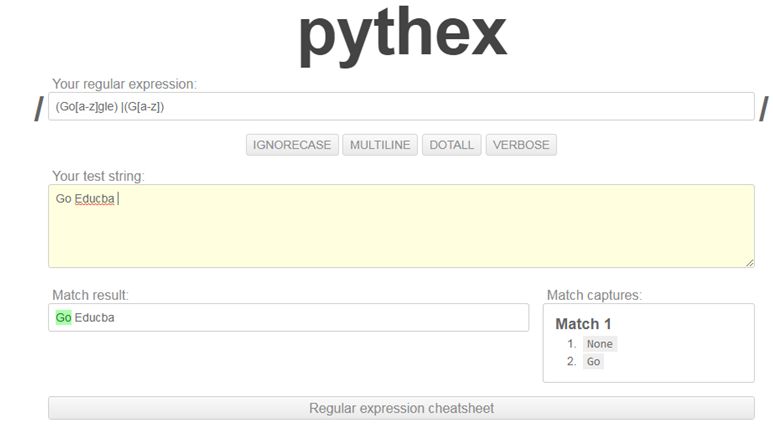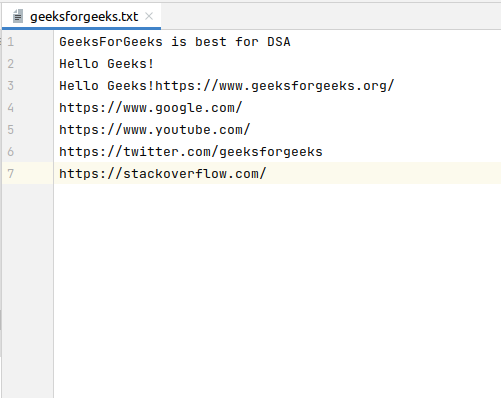How to install Python on Linux Mint
How to install Python on Linux Mint
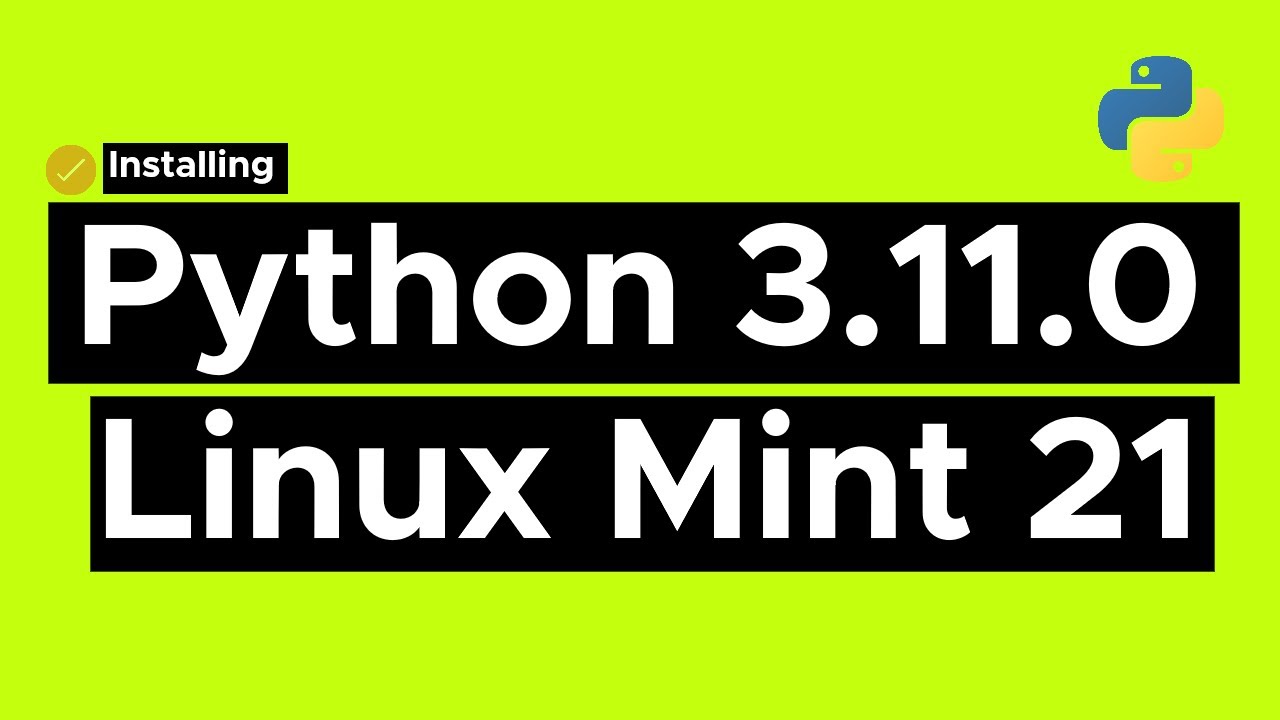
Here's a step-by-step guide on how to install Python on Linux Mint:
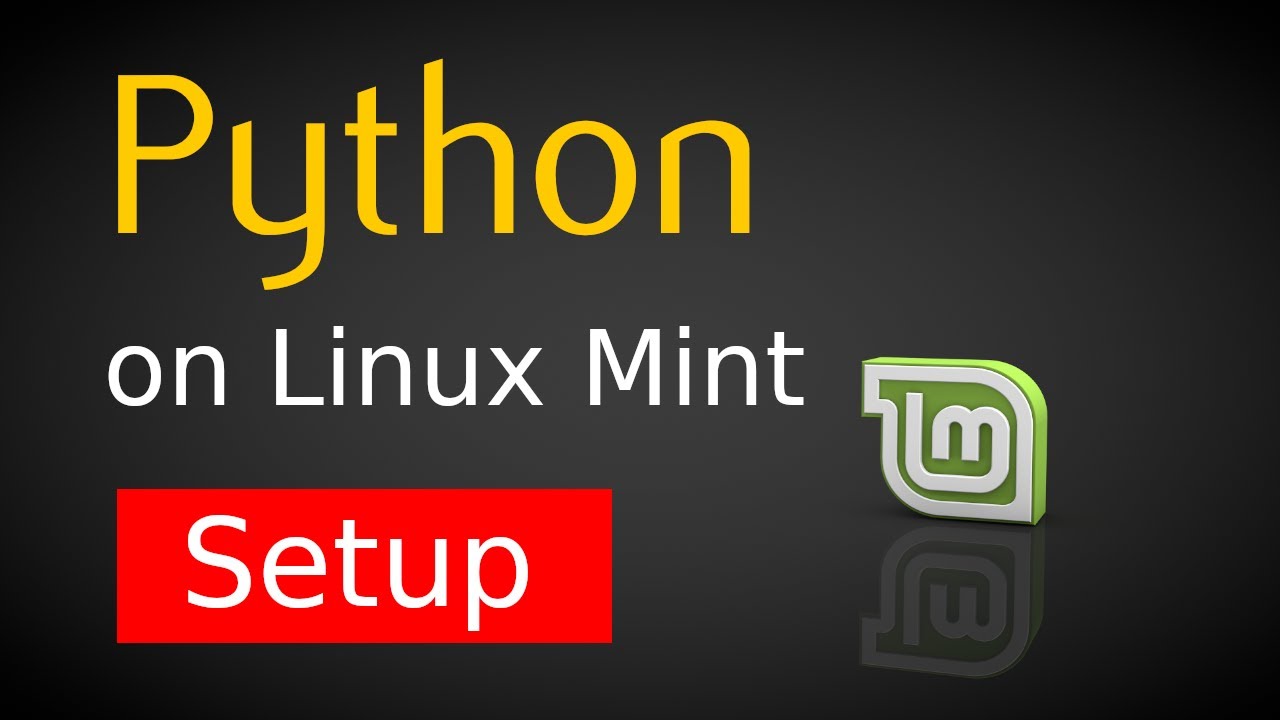
Step 1: Update the Package List
Before installing any new software, it's essential to update the package list to ensure you have the latest information about available packages. To do this, open the terminal and run the following command:
sudo apt-get update
This command will fetch the package index from the Linux Mint repository.
Step 2: Install Python
Once the package list is updated, you can install Python using the apt-get command. Run the following command:
sudo apt-get install python3
This command will install Python version 3.x (the latest version available in the Linux Mint repository). If you want to install a specific version of Python, such as Python 2.x or Python 3.8, you can modify the command accordingly.
Step 3: Verify the Installation
After installing Python, verify that it's correctly installed by running the following command:
python3 --version
This should display the version number of Python you just installed. For example:
Python 3.x.y
If you encounter any issues during installation or verification, feel free to seek assistance from online forums, documentation, or Linux Mint's community support.
Additional Tips and Considerations
Python Version: If you want to install a specific version of Python (e.g., Python 2.7), replacepython3 with python2.7 in Step 2. Python Package Manager: The default package manager for Linux Mint is apt-get. However, you can also use pip or pip3 to install packages specific to a particular Python version (e.g., pip3 install requests). IDE or Text Editor: Once Python is installed, you'll need an Integrated Development Environment (IDE) or text editor to write and edit your code. Some popular options include PyCharm, Visual Studio Code, Sublime Text, and Atom.
By following these steps and tips, you should be able to successfully install Python on your Linux Mint system. Happy coding!
Do I need to install Python on Linux?
I'd be happy to help you with that!
In general, having Python installed on your Linux system can be beneficial, but it depends on your specific use case and goals.
Python is a popular programming language used for various purposes such as:
Scripting: You can write scripts using Python to automate tasks, simplify processes, or even create games. Data analysis: With popular libraries like NumPy, pandas, and scikit-learn, you can perform data manipulation, visualization, and machine learning tasks. Web development: Python is used for web development with frameworks like Django, Flask, Pyramid, etc., which allows you to build web applications. Research and prototyping: As an open-source language, Python is widely used in research and prototyping environments due to its simplicity and ease of use.If you don't plan on using Python or any related tools (like Jupyter Notebooks), it's not essential to install it on your Linux system. However, if you're interested in any of the above-mentioned areas or want to learn a new skill, installing Python might be worthwhile.
When deciding whether to install Python, consider the following:
Resource usage: Installing Python and its dependencies (like pip) will use up some disk space and memory. Software compatibility: Some Linux applications might rely on Python as a dependency, so having it installed can ensure these applications work correctly. Ease of installation: Installing Python on most modern Linux distributions is relatively straightforward, thanks to package managers like apt (Ubuntu-based), dnf (Fedora/CentOS/RHEL), or yum (RPM-based).To sum up:
If you're a developer, researcher, or interested in exploring new skills, installing Python on your Linux system can be beneficial. On the other hand, if you don't plan to use Python and its related tools, you might not need to install it.
Before making a decision, consider your specific needs and weigh the pros and cons mentioned above.
